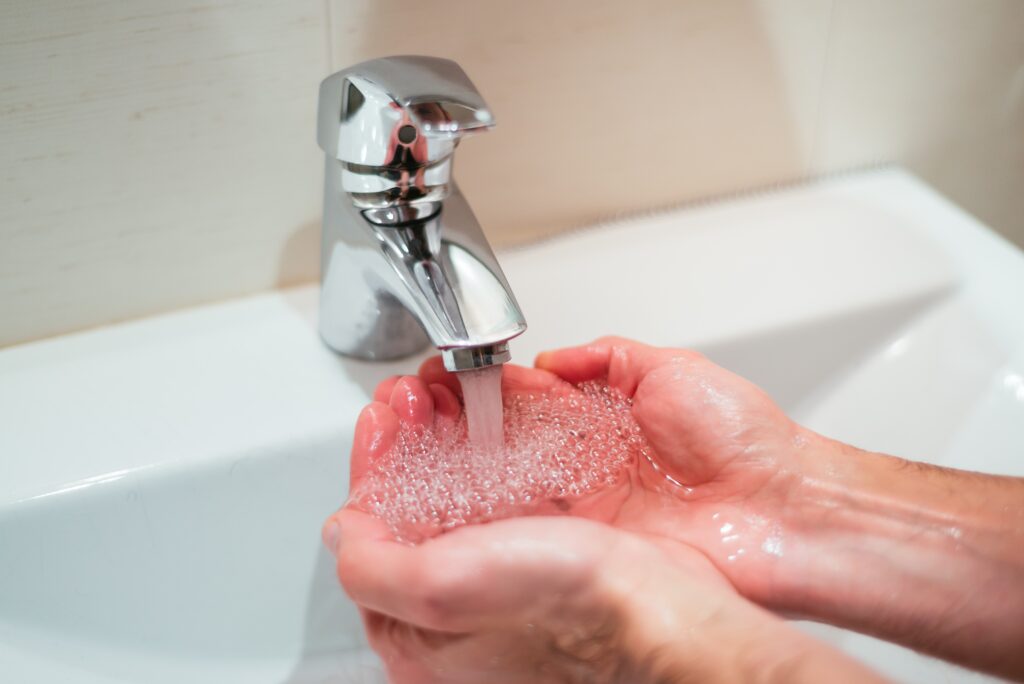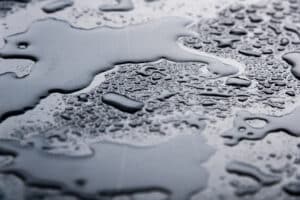As homeowners, we often take the clean water flowing through our taps for granted, trusting that the water supply is safe, clean, and free of contaminants. However, there’s a hidden risk that can jeopardize the purity of our water—backflow. Backflow is a serious concern that can affect the health and safety of your home’s water supply. Understanding backflow prevention, why it’s necessary, and how to identify if your system needs updating is crucial in maintaining a safe and healthy environment for you and your family! Here’s what you need to know.
What is Backflow?
Backflow occurs when water flows in the opposite direction in a plumbing system. In a typical, properly functioning system, water flows in one direction—from the water source through the pipes and into your home. However, under certain conditions, such as a sudden drop in water pressure or a malfunction in the plumbing, contaminated water can flow backward into the clean water supply.
There are two types of backflow: backpressure and backsiphonage. Backpressure happens when the pressure in the pipes inside your home exceeds that of the incoming water supply, causing water to flow back into the public water system. This can happen when you have a boiler, pump, or other equipment that creates a higher pressure than the municipal water system. Backsiphonage occurs when a drop in water pressure—such as a burst pipe or the activation of a fire hydrant—causes water from the public system to be sucked back into your plumbing, potentially bringing with it harmful contaminants.
Both forms of backflow pose a threat to your home’s water supply and, if left unaddressed, can lead to serious health risks, such as contamination from chemicals, bacteria, or sewage.
Why Is Backflow Prevention Essential?
Backflow prevention is crucial for maintaining the integrity of your home’s water supply. Contaminated water can carry harmful pathogens, chemicals, and other pollutants that can make you and your family sick. For instance, if water from a nearby industrial facility or a neighbor’s irrigation system backs up into your pipes, it could introduce fertilizers, pesticides, or even sewage into your home’s water supply.
Beyond health concerns, backflow contamination can also damage your plumbing system. Contaminated water flowing backward into your pipes can corrode the pipes, valves, and appliances, leading to costly repairs and replacements. Ensuring that your home has a properly functioning backflow prevention system is a small investment that can save you from significant dangers and expenses down the road.
How Backflow Prevention Works
Backflow prevention devices are designed to stop water from flowing backward into the water supply. These devices are installed in various places within your plumbing system, particularly at points where water could potentially flow in the wrong direction. There are several types of backflow prevention devices, including check valves, which automatically allow water to flow in one direction only, and pressure vacuum breakers (PVBs), which allow water to flow in only one direction and prevent backsiphonage by introducing air into the system when necessary. Double check valves (DCVs) are often used in commercial settings or homes with complex plumbing systems, providing extra protection by using two check valves that prevent backflow. Reduced pressure zone (RPZ) valves are among the most reliable backflow preventers, and are often required in high-risk situations. They provide an extra layer of protection by reducing pressure in the system and ensuring contaminants cannot flow back into the water supply.
How to Identify If Your Backflow System Needs Updating
Like any other component in your home’s plumbing system, your backflow prevention system requires regular maintenance and inspection. Over time, these devices can wear out, become damaged, or fail to function properly. Some of the signs that it might be time to update or replace your backflow prevention system include frequent water pressure fluctuations, visible leaks, strange tasting or smelling water, discolored water, or floating particulates in your water. If you notice these warning signs, your backflow system might be in need of some attention.
Many municipalities require homeowners to have their backflow systems inspected and tested annually. If you haven’t had an inspection in a while, it may be time to schedule one to ensure you meet local regulations and keep your system up to code. Similarly, if your backflow preventer is several years old or has never been replaced, it’s worth having it inspected. Just like other parts of your plumbing, backflow prevention devices have a lifespan and need to be updated periodically.
Ensuring the safety of your home’s water supply is critical, and regular backflow inspections are the key to preventing contamination. If you haven’t had your system inspected recently, or if you notice any of the signs mentioned above, don’t wait—schedule a consultation with Schuler Service today. Our experienced technicians will conduct a thorough inspection of your backflow prevention system, identify any potential issues, and help you make informed decisions about any necessary updates or repairs.









